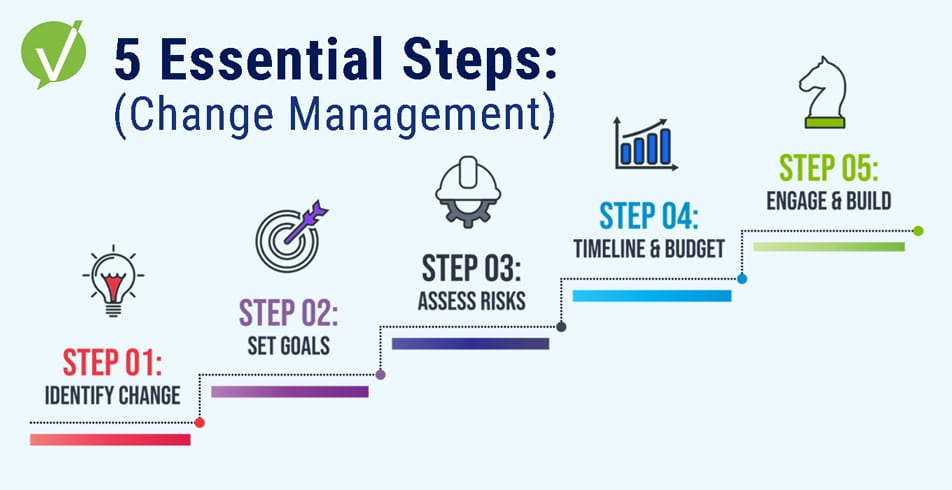What is the Customer Experience?
B2B Customer Service can make or break a company; at the center of that service lies the customer experience (CX). But while 87% of companies believe they provide a strong customer experience, only 11% of their customer base agrees.
For B2B companies, that disparity can be particularly damaging. Business customers tend to have a higher standard when it comes to service. They’re typically spending more and coming to the table with more clout than the average consumer. For these individuals, the CX isn’t just about convenience. It is a value driver.
It can even be argued that CX is the purpose of business in the first place. By providing value to its customers, an enterprise ensures its own relevance. It’s a co-creation of value that benefits all.
Leadership expert Simon Sinek defines this as the “just cause” that fuels your business. One of its most important components is service. As Sinek puts it; “when a Just Cause is service-oriented, the primary benefits of an organization’s efforts go to people other than the contributors themselves.”
Simply put, the purpose of the business is to serve the customer, whether it’s an individual person, or a massive enterprise. When you improve that service, you help to fuel the business growth as well.
In the B2B realm, we suffer from a bit of survivorship bias in those efforts. We base many of our future interactions on customer problems of the past. However, the customer with the best experience may have never had a problem.
We find the best customer experience that drives value for the enterprise by reviewing all the customer touchpoints across the journey.
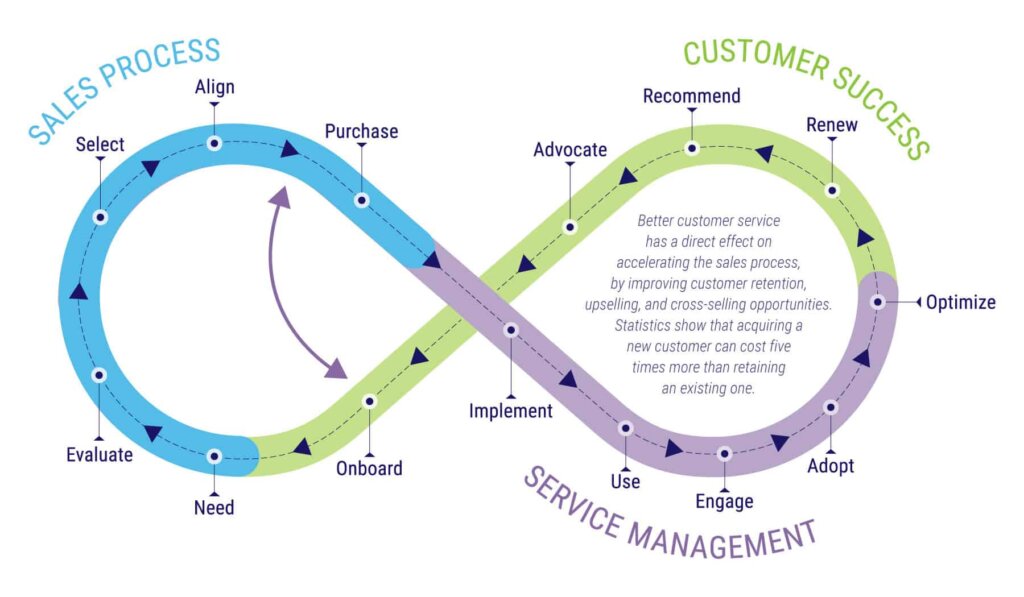
With a customer experience strategy, you examine the efficiencies and streamlined processes you can deploy in a business. You learn how to enable and provide autonomy to your teams, ultimately elevating your customer’s entire journey.
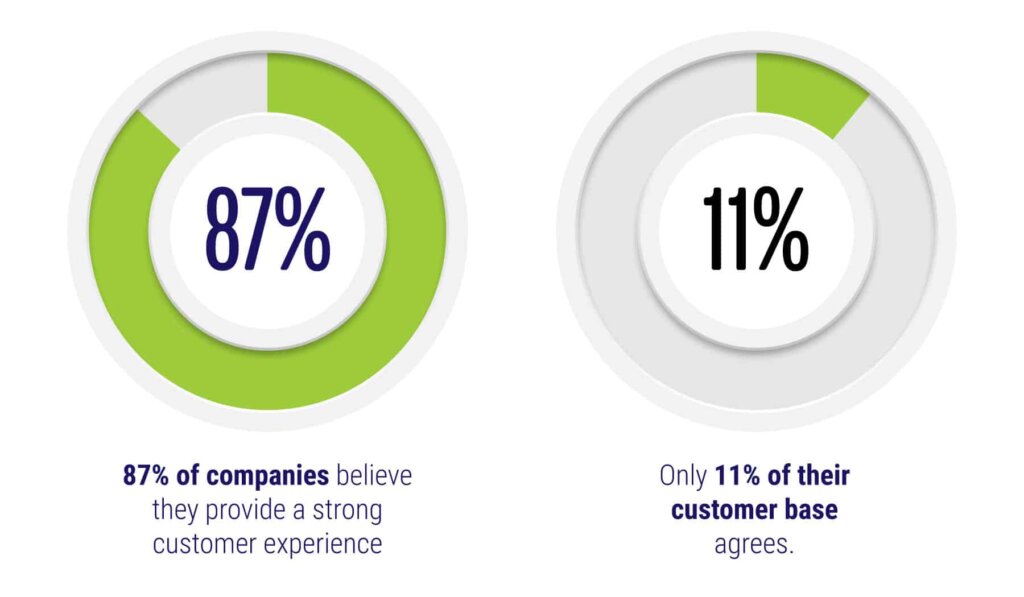
To understand its effect on B2B customer service, we can look at two approaches to customer experience management: success teams and traditional service teams.
Customer Success Teams |
Customer Service Teams |
| Customer success teams take a proactive approach. They provide outreach and resources to help guide their customers before problems arise. They solicit feedback and offer system reviews to improve the value of their service or product. | Customer service teams are reactive. The team responds to failures, technical issues, and complaints that require rapid resolution. The experience may start as a negative one, but a good customer service team can turn it positive. |
The customer success team is designed to create an ideal journey for every customer we interact with. They anticipate problems and resolve them while consistently making the CX stronger. They mirror the overall goal of CX – to drive business growth by providing value to your customer.
Meanwhile, the customer service team is a vital component that helps address complex problems efficiently, quickly and with a strong emphasis on ideal outcomes. There will always be issues that must be resolved. By managing small ones proactively, customer service reacts to other problems faster. These two components work together to create the service oriented experience.
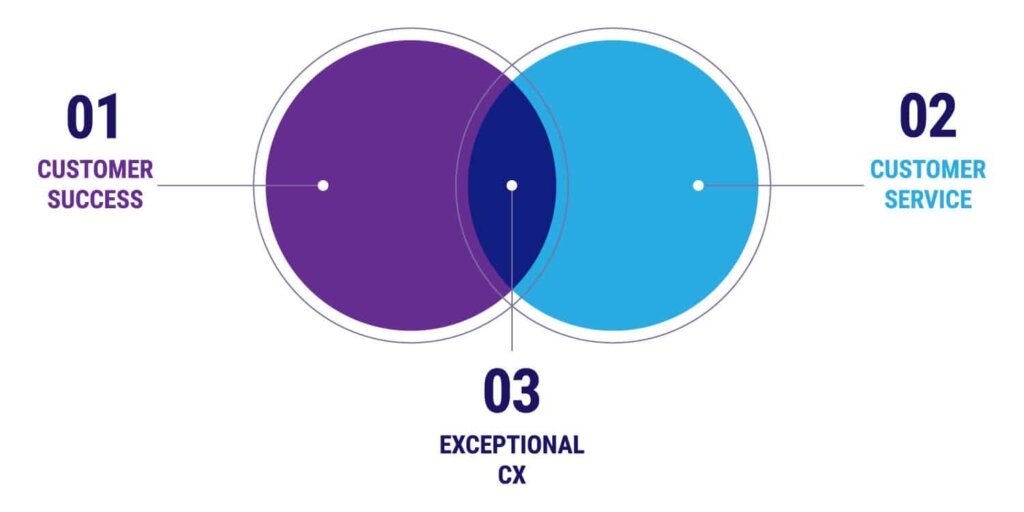
The Benefits of an Improved Customer Experience
Customer experience strategies are not fads. They’re business growth drivers that offer genuine exponential benefits to those who adopt them.
Reduce service calls |
By working with us to improve their CX, an international employment agency reduced call volume by 70%. Repeat problems were dealt with before they impacted customers, while others were able to resolve concerns without needing contact at all, thanks to proactive solutions and self-service options. |
Improve ticket capacity |
One auto retailer increased its ticket capacity 5x, going from handling 50 to 250 tickets a day with the same workforce. In today’s competitive employment market, maximizing productivity without increasing staff is a competitive advantage. |
End inefficient processes |
Many companies don’t understand how inefficient processes are holding them back and trickling into their customer experience. With one client, we were able to transform a 27-minute frustrating process into a single click. That feeds into productivity gains that drive a better CX, while allowing the business to do more with the same exact resources. |
Improved net churn |
Cutting churn is important. After all, increasing customer retention by 5% can increase profits anywhere from 25-95%. But some gross churn is expected and sometimes, better for the business.
We also must look at net churn to understand the existing customer base and how to expand in it. Companies who achieve a strong EX can also see net negative churn, where they make up for losses within gross churn by expanding within their own customer base. |
ROI |
Revenue gains from customer experience strategies go as high as 10%, while organizations can cut costs by as much as 25%. This ROI stems from improved efficiencies, and growth driven by customer service and success teams. |
Of course, while we’ve presented CX as a significant benefit, it also offers a new risk. It’s an industry paradigm shift. Eighty-seven percent of leaders consider CX a top growth option, based on data reported in Forbes. The thirteen percent who don’t will face significant challenges in the coming years.
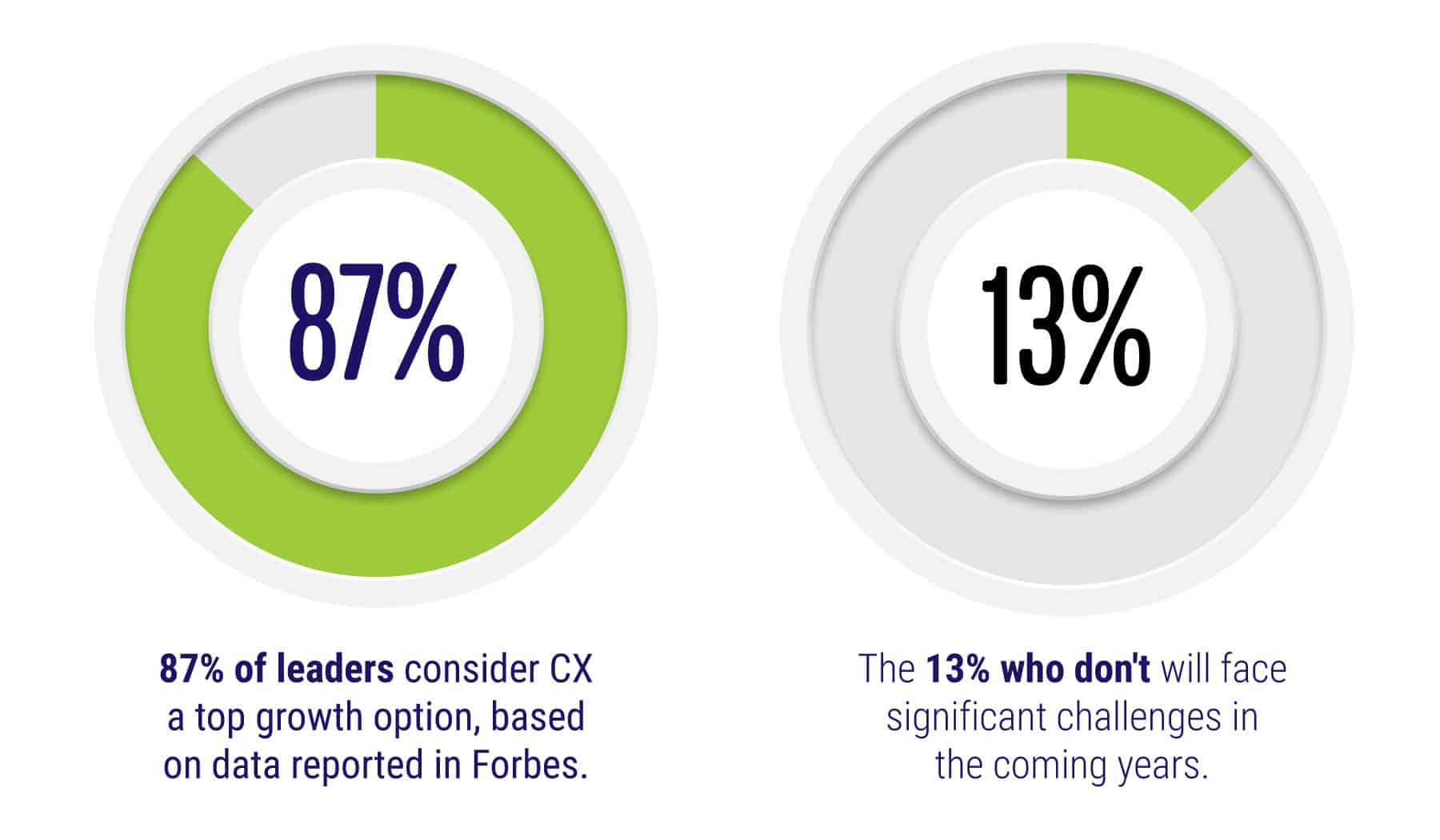
The Risks of Neglecting Customer Experience Strategies
CX is no longer an optional approach to doing business. It is a necessity. Companies that fail to adopt customer experience strategies will struggle in just about all facets of their business. Here are four risks of particular concern.
Cost overruns |
Delays |
Customer attrition |
Business Risk |
| Overall, poor customer experiences cost businesses $1.9 trillion per year
In B2B customer service, issues that could be resolved in a single phone call instead require multiple contacts, using resources and staff time. As a result, greater concessions must be made when delivering services due to these problems in the form of discounts, additional support, and follow-up. |
Inefficient processes take tasks longer than they should and create more work in the form of returns, tracking, and service tickets. This feeds into a continuous cycle, as service teams can’t provide proactive support when responding to delays.
CX can help. In fact, 91% of consumers state that a strong customer experience makes such delays bearable. Meanwhile, 55% will cancel in the event of a bad CX. |
Customer experience drives two-thirds of customer loyalty, making it even more impactful than brand or price combined when it comes to attrition.
An experience that drives value for the business is one that also encourages retention. Speed, simplicity, and support are all critical components of delivering a product or service that encourages loyalty. |
CX feeds into the operations side of the business as it’s focused on total efficiency.
By reducing burdens on staff and more effectively managing customers, businesses can build resilience. They can overcome disruptions related to security, regulatory oversight, and outages before they happen. |
Now that you know the potential impact of doing nothing, it’s time to get ahead of the curve. This guide will provide insight into well-defined frameworks, best practices, methodologies, tools, and processes that will revolutionize your service environment. With our guidance, you can become more competitive, drive growth and elevate all experiences your customers have with your company.











